In a sunlit courtyard at the China Cultural Center in Paris, locals followed the slow, flowing movements of Tai Chi under the guidance of Professor Zhou Qingjie from China Foreign Affairs University. More than exercise, the practice offers a glimpse into traditional Chinese philosophy – an expression of harmony between humans and nature, or "Tian Ren He Yi."
Scenes like this reflect a broader trend, an evolving and deepening exchange between Chinese and European civilizations, moving from formal settings into the fabric of everyday life.
From cultural curiosity to shared experience
Over the past five decades, mutual learning and shared development have been central to China-EU ties. Among these dynamics, cultural and people-to-people exchanges have emerged as an enduring source of vitality.
At the "LANTING – Chinese Calligraphy Culture Salon" exhibition in Berlin, German visitors explored ancient Chinese art through brushwork and ink. Crowds gathered not only to admire traditional works, but also to try writing Chinese characters themselves.
Cultural interaction is not limited to the arts. In May, three rare golden snub-nosed monkeys from China's Qinling Mountains began a 10-year stay at Pairi Daiza Zoo in Belgium. For Eric Domb, the zoo's founder and chairman, their arrival represents more than zoological cooperation. "They are like characters from a modern-day Journey to the West," Domba said, referring to the classic novel written by Chinese novelist Wu Cheng'en.
Domb called these monkeys "ambassadors" of China-EU friendship, adding such cooperation represents two sides' shared values in biodiversity and wildlife conservation.
Chinese cultural exports are also resonating with European audiences. The Chinese animated blockbuster "Nezha 2" was released earlier this year in Greece, the UK, Germany, Belgium and Spain to strong reviews and solid ticket sales. Meanwhile, dragon boat races held in multiple European countries around the Dragon Boat Festival drew large crowds.
Tourism: A two-way journey of discovery
This cultural momentum is increasingly reflected in tourism. The 2025 Budapest China Tourism and Culture Week started in May in the Hungarian capital, where Hungarian officials praised growing China-Hungary ties. "China has become one of the most important source countries for tourists coming to Hungary," Szabolcs Szilagyi, head of the department for legal and governance support of Hungarian Tourism Agency, said at the opening ceremony.
Budapest has established direct flight routes with seven cities in China, becoming an important hub connecting central and eastern Europe and China.
Switzerland, marking 75 years of diplomatic ties with China in 2025, is hosting the Switzerland-China Year of Culture and Tourism. Swiss Ambassador to China Jürg Burri said his team are planning diverse activities across Chinese cities and hopes to welcome more Chinese travelers through streamlined visa services and green travel initiatives.
Spain's Valencia region is also making strides to attract Chinese visitors. "We are active on all major Chinese social platforms," said Miguel Angel Perez Alba, vice deputy director at Visit Valencia. "We've also established sister city ties with Guangzhou, Chengdu and Xi'an to deepen people-to-people relations."
According to Travel And Tour World, tourism between China and Europe is recovering robustly. More Europeans are exploring China's historical and cultural richness, while Chinese travelers are seeking more personalized and immersive experiences across Europe.
Thus, China's unilateral visa-free policy for 24 EU member states has further boosted two-way exchanges. In 2024 alone, over 97 million trips were made between China and Europe, laying a strong foundation of public support for bilateral ties and advancing mutual learning between civilizations.
Youth connections bring fresh energy
As seasoned ties mature, youth exchanges are injecting new vitality into China-EU relations.
Students from Ireland, France, Germany and Hungary have come to China in growing numbers this year, visiting campuses, engaging in cultural experiences and forging friendships. The visits help our students understand the real China, said Patrick Egan, a teacher from Ireland's Rockwell College. Stressing his students feel the warmth and friendship in China, Egan said his school plans to send 20 students each year going forward.
In 2016, China signed agreements on the mutual recognition of higher education degrees with 19 European Union member states, including France, Germany and Italy, paving the way for more balanced, two-way student mobility between China and Europe.
Meanwhile, Chinese language education is booming across Europe. France hosts over 60 international classes teaching Mandarin in public schools. In Spain, more than 60,000 students are learning Chinese, making it one of the EU's most enthusiastic adopters of the language.













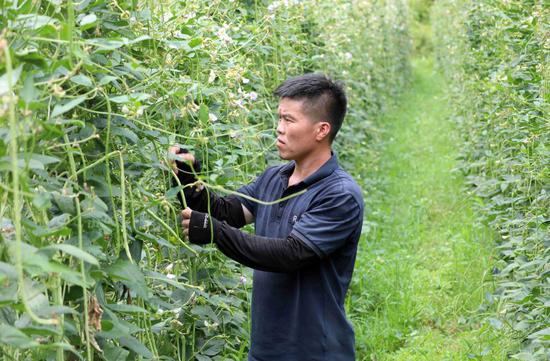
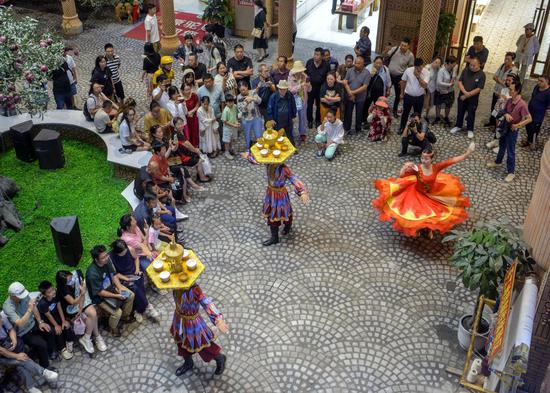


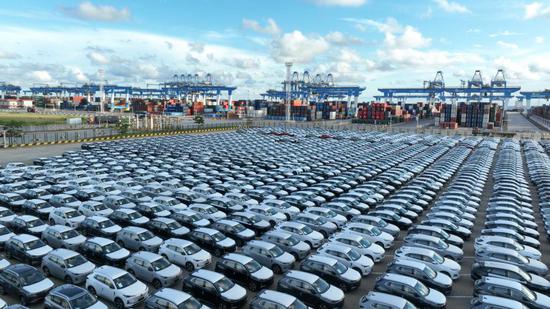



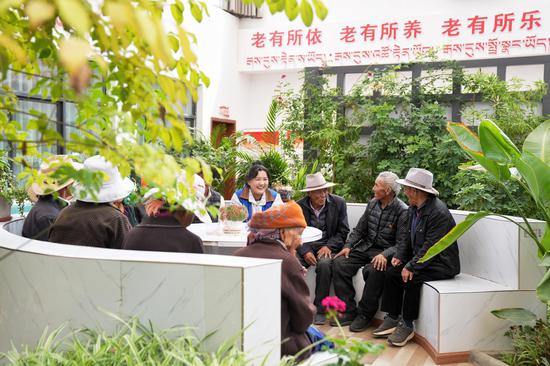





















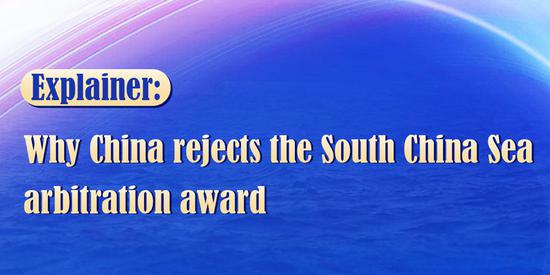






 京公網安備 11010202009201號
京公網安備 11010202009201號